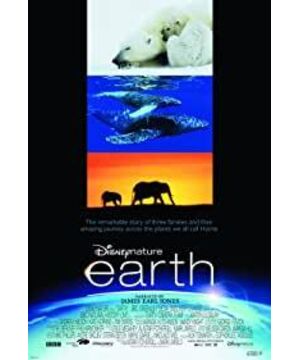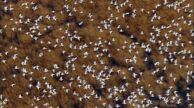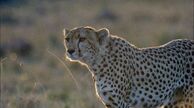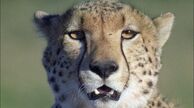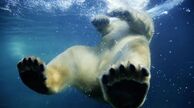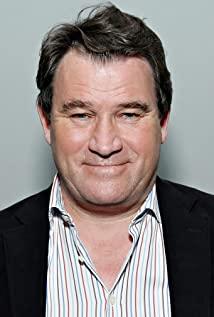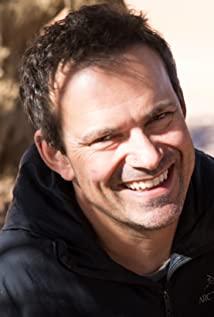Earth background creation
2022-03-21 08:01
"Planet Earth" cost 8 million pounds. It took five years to produce and more than 2,000 days of field investigation. A 130-person film crew traveled to 62 countries, and a total of 40 photographers went to 200 locations to shoot. The crew ventured to the most remote and dangerous parts of the planet to ensure they captured footage of animals struggling to survive like never before seen by humans
.
Planet Earth makes an authoritative look at Earth's biodiversity. The BBC has spent a lot of money, using high-definition photography, revolutionary ultra-high-speed cameras, and delicate aerial satellite positioning, so that the lens can capture the most magnificent and magical pictures on earth. It is these cutting-edge filming techniques that allow the crew to expand their field of vision into the most inaccessible areas of the planet and get up close and personal with some of the cutest, wildest, and rarest animals.
When the wolves hunted elk, the speed at which the wolves chased their prey made it difficult for the team to capture their prey from land. In the end, the crew used a system to stabilize aerial cameras, and for the first time, the entire survival race was tracked from a helicopter. When you overlook the 3 million elk herds in northern Canada migrating across the polar tundra, and are instantly swept away by the wolves, this spectacular disturbance is enough to dazzle your eyes and make your heart beat. Not only that, but the Yangheng aerial camera invented by the US military was used for the first time to shoot the natural ecology in the filming of the film. The machine can take ultra-steady, ultra-sharp close-ups from a kilometer away
.
Extended Reading


